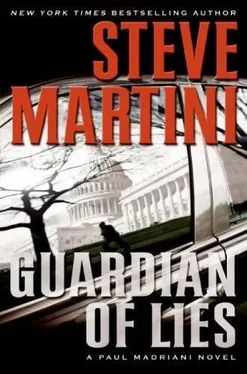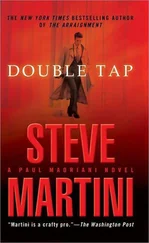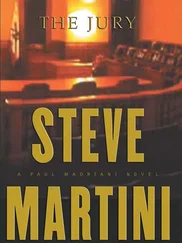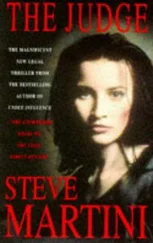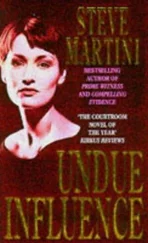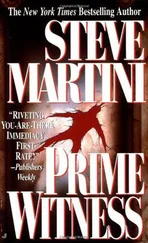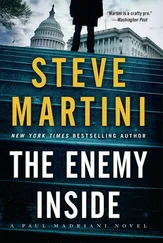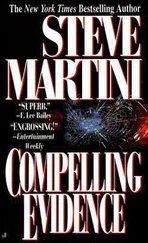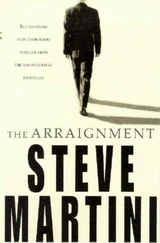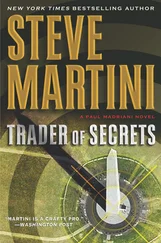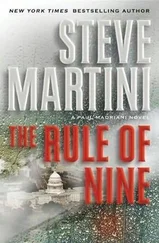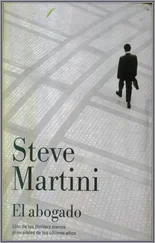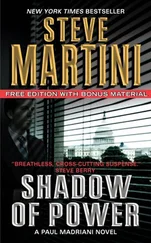Avoiding any contact by his gloved hand with the uranium, Yakov put one bolt through a washer and dropped it into the first hole, then did the same with the second bolt. He used the ratchet to carefully tighten them, making certain not to deform the soft uranium.
The moment he was done he turned and looked at the clock. The most critical part of the process was still before them. They had used up seven minutes, including precious time wasted arguing with Alim over the walkie-talkie.
Yakov moved to the second casket and started loosening the bolts. Less than a minute later he had the lid off. The smaller portion of highly enriched uranium, the bullet, lay before them, cradled in a shaped cavity cast in the bottom lead casket.
Tomas moved with the tongs, gripped it, and picked it up. He hadn’t cleared the top lip of the casket when the slick cylindrical projectile slipped from the tongs and fell back into its case and settled again in the cavity in the bottom.
Tomas stopped and looked at Nitikin. Yakov could tell he was rattled. He reached over and took the tongs from him. Nitikin delicately reached in and lifted the projectile from the bottom of the case. Gripping the tongs tightly with both hands, he rotated the object up close in front of the thick glass lens of his hood, examining it for any deformation or dents.
“It’s all right.”
Tomas nodded.
Nitikin set it back down in the case, handed the tongs back to Tomas, and retrieved another smaller set for himself. Using the smaller tongs, Yakov picked up a brass ring, banded metal, with a fused neoprene seal along the center of the outside of the ring.
Tomas picked up the projectile again, this time using both hands to squeeze the tongs. Holding it firmly, he set the base end on the table so that the bullet rested upright, like a missile on a launch pad. He used the tongs to steady it near the bottom, at its base, as Nitikin carefully slipped the brass ring over the tip of the projectile.
To the naked eye, the bullet looked perfectly cylindrical, but it wasn’t. The circumference was imperceptibly larger at the bottom than the top, so that the ring slid down the projectile to the bottom third and stopped. Yakov tested it with the tongs to make sure that it was properly seated. The ring didn’t move.
He checked the clock. They were sixteen minutes in. Quickly he picked up the second ring and slipped it over the projectile. This time the slightly smaller ring slid only halfway down before seating itself against the side of the projectile.
Yakov grabbed a can of lubricant, pried open the lid, and with a small brush, dabbed a bit of the viscous clear liquid on the outer neoprene gaskets fused to the two brass rings.
“Ready?” said Yakov. He steadied the projectile with the small tongs while Tomas gained a more secure purchase with the larger tongs.
“You have it?”
“ Sí .” Tomas picked it up with both hands, turned, and carried it toward the table. He allowed Nitikin to cross in front of him so that he could keep the projectile as far as possible from the uranium target already bolted in place.
Separated, neither of the two portions of uranium-235 possessed sufficient mass to reach criticality. But together, either in close proximity, or, god forbid, should they make contact, the nuclear reaction, and the burst of radiation, would be deadly.
Tomas continued to hold the projectile up, away from his body, as Yakov steadied the tube of the gun’s barrel with his gloved hands.
At the moment, the two-foot-long barrel of the gun’s tube was swung out on a hinged device of heavy forged steel. Once the projectile was loaded in the tube, the barrel would be swung back and locked into position so that the muzzle was directly aligned with and nearly touching the open cup of the target. The slight gap between the two would be filled with a three-inch disk of uranium- 238, a neutron deflector that was nonfissionable and reflected neutrons back to their source. The disk would keep the two portions of highly enriched uranium separated and corral their neutrons even if the projectile accidentally slid down the barrel. It was the final safety mechanism that Yakov would have to remove before the bomb could be detonated. But the safety disk couldn’t be inserted until the projectile was properly loaded and the barrel was swung back into position and locked.
Nitikin checked the clock. They were closing in on nineteen minutes.
“Ready?”
Tomas nodded.
“Go ahead.”
The Colombian reached over with the tongs and aligned the base end of the projectile with the muzzle of the gun’s barrel. It passed through the opening until the neoprene gasket reached the muzzle. Tomas tried to force it. The tongs slipped on the slick, soft uranium.
“Don’t. Stop,” said Yakov.
Tomas eased off.
“Do you have it? Can you hold it?”
“ Sí . I think so.”
The neoprene on the brass rings was designed to compress against the inside of the barrel. But as Yakov looked at it he realized that the first ring, toward the base of the projectile, was jammed in the muzzle at a slight angle.
“Do you think you can ease it out?” said Nitikin. He took hold of the tube of the barrel with both hands as Tomas tried to lift the projectile out. The tongs began to slip.
“Stop.” Nitikin was afraid that if Tomas lost his grip with the tongs, the projectile might come loose from its own weight and topple onto the anvil and the uranium target.
“Don’t push it, just hold it steady,” said Yakov. “Give me a moment to get the tool.”
The tool was a two-foot-long steel ramrod with a conically shaped concave tip. It was formed precisely to fit the bullet tip on the projectile.
As soon as Nitikin could grab the ramrod, he would be able to grasp the uranium bullet by its pointed end. Then he could use the leverage of the ramrod to line it up and push it with uniform pressure down the barrel. After that, he and Tomas could button up in less than thirty seconds, slip in the safety disk, and close the entire gun assembly inside its lead-lined bomb case. The case was designed to shield the radiation in the gun from the outer electronic components, including the detonator. Once the lead case was sealed, you could safely approach the bomb without protective gear.
Yakov scanned the hut quickly, turning his head and peering through the fogged lens of his hood searching for the ramrod. He didn’t see it. Then he remembered. He had handed it to one of Alim’s men that morning when they were setting up. He’d asked the interpreter to tell the man to carry it to the hut. The idiot hadn’t done it.
Nitikin looked through the window. He could see Alim down on one knee, the technician, the interpreter, and Alim’s cronies all huddled around him under the trees a hundred meters away. He grabbed the walkie-talkie, turned it on, and shouted into the mouthpiece, “The ramrod I handed to your man this morning. Where is it? We need it now!”
He watched through the window as the message was translated for Alim and his men. Afundi got to his feet, turned, and looked at one of them. The man turned up his palms, shrugged his shoulders, and shook his head. Then he suddenly turned his head to the right and pointed. Nitikin followed the trajectory of the man’s outstretched arm and finger to a tree perhaps thirty yards away. There against the trunk of the tree, propped up, was the two-foot-long steel ramrod.
“Get it now! Bring it here!” Yakov screamed into the walkie-talkie. He watched as Alim looked at the man and pointed toward the tree. The man shook his head. He took two steps backward, his hands held out, palms open. He was refusing to take the ramrod to the hut, afraid of the radiation.
“Hurry,” said Tomas. “I cannot hold it much longer.”
Читать дальше
